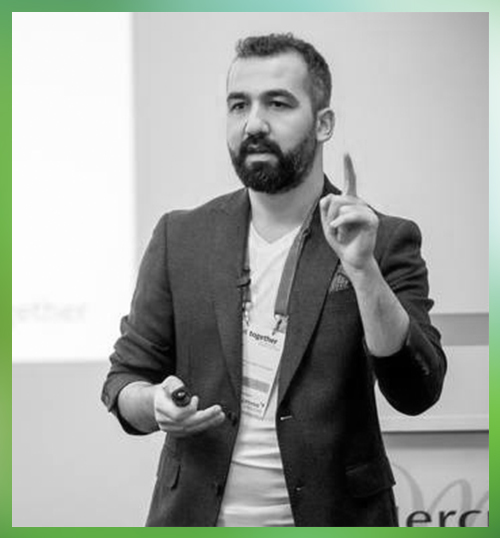(N)MT and Post-Editing 101
Machine Translation and Post-editing
Machine Translation (MT) is the attempt to automate fully or partially the process of translating from one human language into another. MT research has begun in 1940s, and in time, it evolved through different paradigms including Rule-Based Machine Translation, Example-Based Machine Translation, Statistical Machine Translation and finally Neural Machine Translation. Although translation industry realized the usefulness of MT for commercial purposes with the advent of Statistical Machine Translation, and then accelerate its adoption following the hype of Neural Machine Translation, all MT paradigms co-exist in the industry based on their productivity benefits depending on language pair, text type and other factors. In the first part of this study, we will briefly survey the history of MT, explain the paradigms and the reasons underlying shifts in these paradigms and finally comment on the possible uses of MT inside and outside of translation industry.
Our main focus in the second section will on post-editing which is one of the key uses of MT in translation industry. Post-editing requires human editing of machine translation output; hence, it has the possibility of creating a new position with new skill sets in translation industry: post-editor. Whether this position will replace translators or they will co-exist is a matter of discussion and is tied to the quality of machine translation engines. After defining post-editing and explaining how it is implemented in different business scenarios, we will also comment on this discussion. Finally, we will finally focus on Turkish post-editing which has been an more widely discussed recently following the emergence of Neural Machine Translation. In the scope of translation into Turkish, we will discuss which skill sets Turkish post-editors will need, which text types will be more convenient to post-edit and other topics arising from post-editing.
